Adding style to small spaces can transform even the most cramped environments into inviting retreats. Whether you’re working with a tiny apartment, a compact bedroom, or a snug living room, the challenge lies in maximizing functionality and aesthetics without sacrificing comfort. This guide delves into proven design principles such as the 3-5-7 rule, 2/3 rule, 60/40 rule, and 60-30-20 rule, offering practical strategies to decorate small spaces effectively. From color schemes and lighting to budget-friendly DIY ideas, we’ll explore how to create a stylish and cohesive look that feels both welcoming and sophisticated. Discover how to overcome the limitations of limited square footage and unlock the full potential of your small space.
Key Takeaways
– Maximize Space Efficiency: Use the 2/3 rule to arrange furniture, ensuring the largest pieces occupy two-thirds of the space for a balanced look.
– Achieve Visual Balance: Implement the 60/40 rule by allocating 60% of your room for furniture and 40% for open space, creating a functional and clutter-free environment.
– Create Cohesive Color Schemes: Apply the 60-30-20 rule to select colors, using 60% as the dominant hue, 30% as the secondary, and 20% for accents, resulting in a harmonious design.
– Combine Functionality and Style: Integrate these rules seamlessly to transform small spaces into stylish, balanced areas that are both inviting and practical.
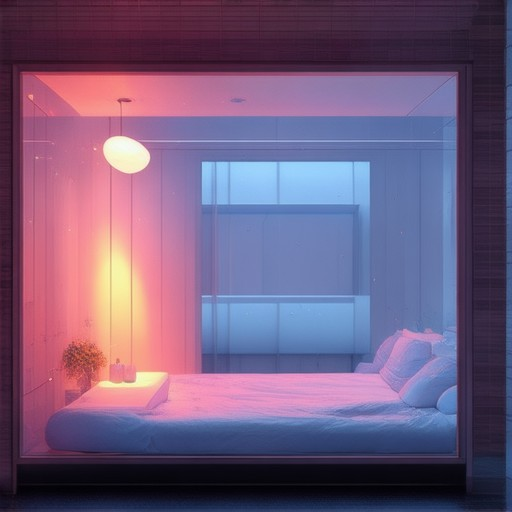
How to Style Small Spaces
Styling small spaces can be challenging, but with the right approach, you can make the most of limited room dimensions. Here are some effective strategies to maximize space and create a comfortable environment:
1. Opt for Light Colors
Lighter color palettes can make small spaces feel more airy and spacious. Stick to neutrals or soft hues to prevent the room from feeling cramped. Darker colors may absorb light, making the space feel smaller.
2. Multi-Functional Furniture
Invest in pieces that serve multiple purposes, such as an ottoman that doubles as storage or a foldable bed . This helps save space while adding functionality.
3. Use Mirrors Wisely
Mirrors can make small rooms appear larger by reflecting light. Place them strategically near windows or above console tables to enhance the sense of space without overwhelming the room.
4. Choose Lightweight Fabrics
Heavy drapes or thick upholstery can weigh down a room, making it feel smaller. Opt for lightweight materials like sheer curtains or fabric-covered headboards to keep the space feeling airy.
5. Maximize Vertical Space
Utilize tall bookshelves, vertical gardens, or wall-mounted storage solutions to free up floor space. This helps create a sense of height and openness in the room.
6. Incorporate Patterns and Textures
Introduce subtle patterns or textures through wallpaper, tiles, or throw pillows to add visual interest without overwhelming the space. Avoid overly busy patterns that can make the room feel smaller.
7. Layer Lighting
Use a combination of lighting sources, such as overhead fixtures, table lamps, and wall sconces, to create a balanced look. Recessed lighting can provide a clean, modern aesthetic while maximizing space.
8. Add Personal Touches
Small spaces can still feel personal with thoughtful decor. Consider adding artwork, plants, or photo frames, but keep it minimal to avoid clutter. Large pieces may overwhelm the space.
9. Use Colorful Accents
A single pop of color, like a vibrant sofa or a bold rug, can add personality without making the room feel crowded. Pair it with neutral tones to maintain a calming atmosphere.
10. Arrange Furniture Thoughtfully
Arrange furniture in a way that encourages social interaction, like grouping chairs around a coffee table. This creates a cozy conversation area and makes the space feel more inviting.
11. Avoid Overcrowding
Keep surfaces and shelves clutter-free to prevent the room from feeling cramped. Use minimalist decor and avoid excessive knick-knacks that can take up visual space.
12. Utilize Floor Planning
Plan your furniture layout before purchasing to ensure it fits well within the space. Consider using a floor plan sketch to visualize the arrangement and optimize for comfort and functionality.
13. Consider Ceiling Height
If your ceiling is high, emphasize vertical elements like tall plants or window treatments to make the space feel taller. For lower ceilings, focus on horizontal lines to create a sense of width.
By implementing these tips, you can transform a small space into a functional and stylish haven that feels larger than it actually is. Remember to balance functionality and aesthetics to create a space that is both practical and visually appealing.
The 3-5-7 Rule in Decorating
The 3-5-7 rule is a simple yet effective guideline for decorating a room thoughtfully and aesthetically. Here’s how it works:
- Three Categories : Divide your space into three distinct categories:
- Primary Elements : Large-scale items like sofas, tables, or bookshelves.
- Secondary Elements : Medium-sized items such as lamps, vases, or curtains.
- Accent Items : Small-scale decorations like artwork, plants, or throw pillows.
- Five in Each Category : Within each category, aim to have five items. This ensures a balanced composition without overcrowding. For example:
- In primary elements, include a sofa, a coffee table, and two chairs.
- In secondary elements, add a lamp, a decorative vase, and window treatments.
- In accent items, incorporate artwork, a plant, and a few throw pillows.
- Seven Total Items : Summing up, you’ll have a total of seven items across all categories. This rule helps in avoiding a cluttered appearance while maximizing functionality and style.
By following the 3-5-7 rule, you can create a cohesive and visually appealing room that strikes the perfect balance between comfort and sophistication.
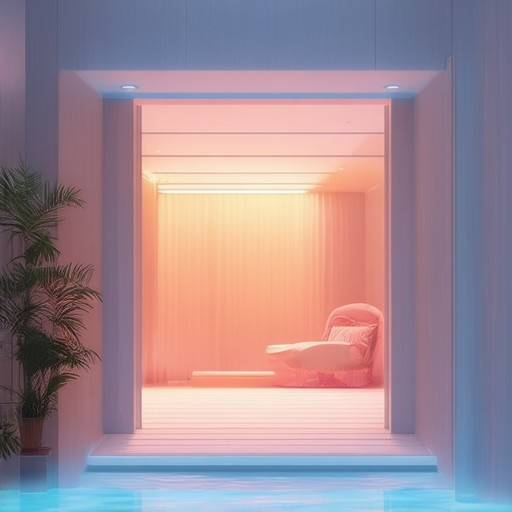
How Can I Make My Small Room Look Stylish?
Transforming a small room into a stylish space requires thoughtful planning and smart use of available space. Here’s a step-by-step guide to achieving a chic and functional room layout:
1. Opt for a Cohesive Color Scheme
Choose a color palette that brings harmony to the room. Light, neutral tones can make the space feel larger, while accent colors can add personality. Stick to a consistent scheme across walls, curtains, and bedding for a polished look.
2. Utilize Vertical Space Effectively
Install tall bookshelves or wall art to make the room feel taller. This trick draws the eye upward, creating an illusion of spaciousness. Pair this with horizontal elements like console tables or mirrors to balance the space visually.
3. Choose Multipurpose Furniture
Invest in pieces that serve dual purposes, like an ottoman that doubles as storage or a bed with built-in drawers underneath. This maximizes functionality without cluttering the room.
4. Add Lighting Layers
- Use layered lighting: overhead lights for ambient illumination, table lamps for task lighting, and decorative accents like string lights for ambiance.
- Opt for light-colored lampshades to reflect more light and make the room feel brighter.
5. Curate Thoughtful Decor Accessories
- Add statement pieces like a bold rug, a unique piece of wall art, or a striking plant arrangement to bring character to the room.
- Accessorize with minimalistic items like a sleek vase, a tray for organizing, or a decorative bowl for keys and coins.
6. Embrace Negative Space
Leave some empty space around furniture and on walls to allow the eye to rest. This minimalist approach can make the room feel more spacious and visually appealing.
7. Inquire About Competitor Products
Explore stylish options from competitors like Example Brand or Another Brand for inspiration and unique pieces that can elevate your room’s aesthetic.
8. Consider Window Treatments
Use sheer curtains or blinds to filter light effectively without blocking views. Add decorative rods and ties for a polished look that complements your style.
9. Edit Excess Clutter
Remove unnecessary items to create breathing room. Keep only what is essential and frequently used to maintain a clean and organized environment.
10. Experiment with Textures
- Mix textures like soft velvet cushions, woven blankets, or leather accents for a luxurious feel.
- Use patterned wallpaper or fabric in moderation to add visual interest without overwhelming the space.
By following these tips, you can transform a small room into a stylish haven that feels both cozy and sophisticated.
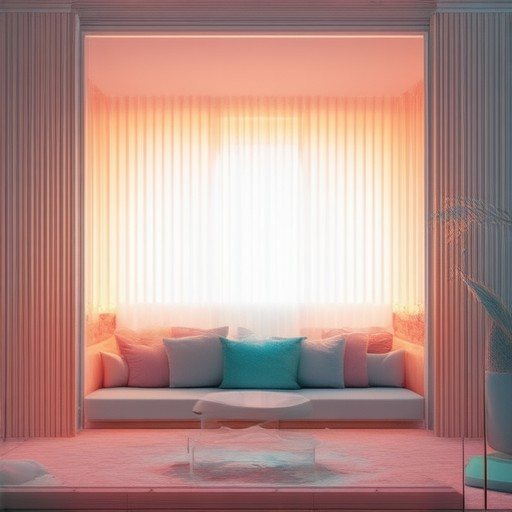
The 2/3 Rule in Decorating
The 2/3 rule is a simple yet effective guideline for arranging furniture and decor in a room. By focusing on proportions, this method helps create balanced and visually appealing spaces.
How to Apply the 2/3 Rule
- Start by visualizing your room as a 3×3 grid.
- Identify the largest area, which should occupy approximately two-thirds (or 66%) of the space.
- Place your biggest furniture pieces, like a sofa or dining table, in this larger section.
- Fill the remaining third of the room with smaller items, such as additional seating or storage solutions.
Why the 2/3 Rule Works
This rule creates a sense of balance and prevents the room from feeling cramped or cluttered. It ensures that the most important elements of the space take center stage while still allowing for functional and decorative accents.
Example Scenarios
Imagine a living room with a standard 12-foot by 12-foot floor plan. Applying the 2/3 rule would mean dedicating around 8 feet by 8 feet (or 64 square feet) to your primary furniture, leaving about 4 feet by 4 feet for additional items.
Mastering the 2/3 Balance
- Mix and match textures and patterns to add interest without overwhelming the space.
- Use lighting effectively to highlight your focal pieces while maintaining overall harmony.
- Accessorize thoughtfully, choosing items that complement the scale of your room.
By adhering to the 2/3 rule, you can transform your space into a cohesive and inviting environment that feels both comfortable and stylish.
The 60/40 Rule in Decorating
The 60/40 rule is a simple yet effective guideline for achieving a balanced and functional interior design. This rule suggests that approximately 60% of a room’s area should be occupied by furniture, while the remaining 40% should remain empty or designated for walking space.
This ratio ensures that a room feels neither cramped nor underutilized. By applying this rule, you can create a harmonious environment that balances aesthetics with functionality.
- Why the 60/40 Rule Works: This rule helps create visual balance and ensures that seating areas are proportionate to the available space. It also makes it easier to determine where to place furniture without overcrowding the room.
- Applying the Rule: To implement the 60/40 rule, consider the size of your furniture and the layout of your room. Start by estimating the total floor area and then allocate 60% for furniture placement. This might mean leaving pathways or open spaces around the edges of the room.
- Examples of Application:
- In a living room , you might place a sofa (30%), an armchair (20%), and a coffee table (10%) in one area, leaving 40% of the space for walking or additional seating.
- In a bedroom , allocate 60% of the space to the bed, nightstands, and storage, ensuring the remaining 40% is for movement and personal items like dressers or chairs.
- In a dining room , the table and chairs take up 60%, while the rest of the space can be used for buffet storage or decorative accents.
By following the 60/40 rule, you can transform your space into a more organized and visually appealing environment. Experiment with different configurations to find what works best for your lifestyle and room dimensions.
For more tips on interior design and creating balanced spaces, visit our Orange Donkey homepage.
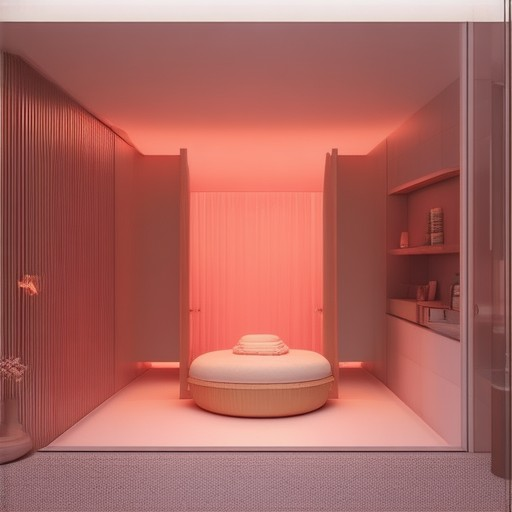
What is the 60-30-20 Rule in Decorating?
The 60-30-20 rule is a simple yet effective guideline for selecting and balancing colors in a room. Here’s a breakdown:
- 60% Dominant Color: This is the primary color that creates the overall mood of the room. It is typically used on the largest area, often the walls.
- 30% Secondary Color: This complements the dominant color and adds depth. It can be used on furniture, curtains, or bedding.
- 20% Accent Color: This is the smallest portion and serves to add interest or contrast. It can be used in decorative elements like throw pillows, artwork, or accessories.
For example, in a living room, you might choose a bold red as the dominant color (60%), a deep navy as the secondary color (30%), and a crisp white as the accent (20%). This combination creates a balanced and harmonious look while adding visual interest.
This rule helps ensure that your color choices don’t overwhelm the space and allow for a cohesive design that feels polished and sophisticated.

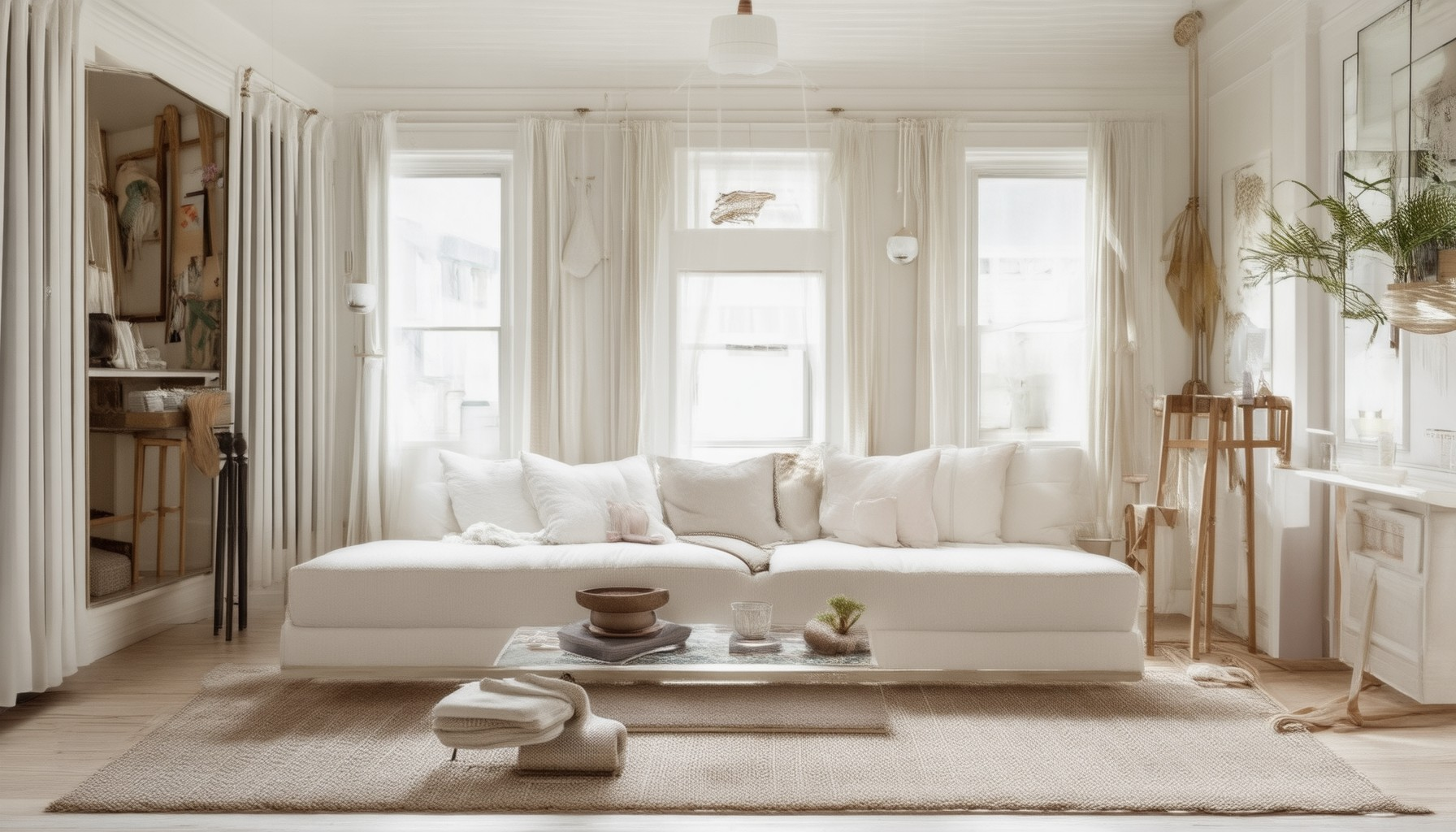
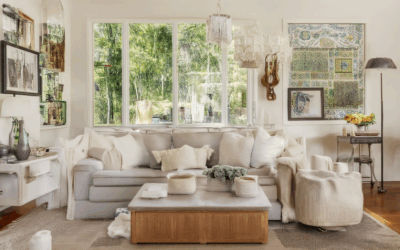

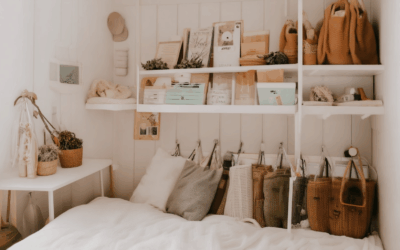
0 Comments